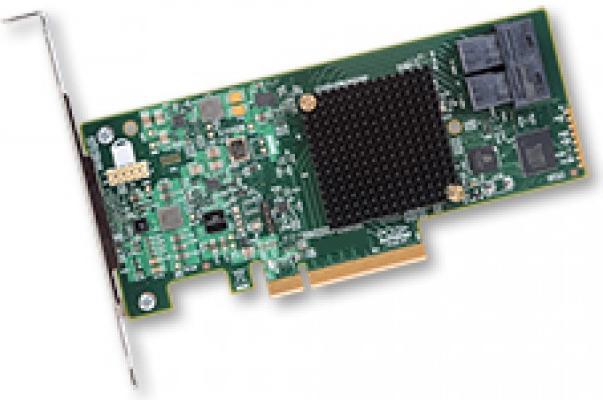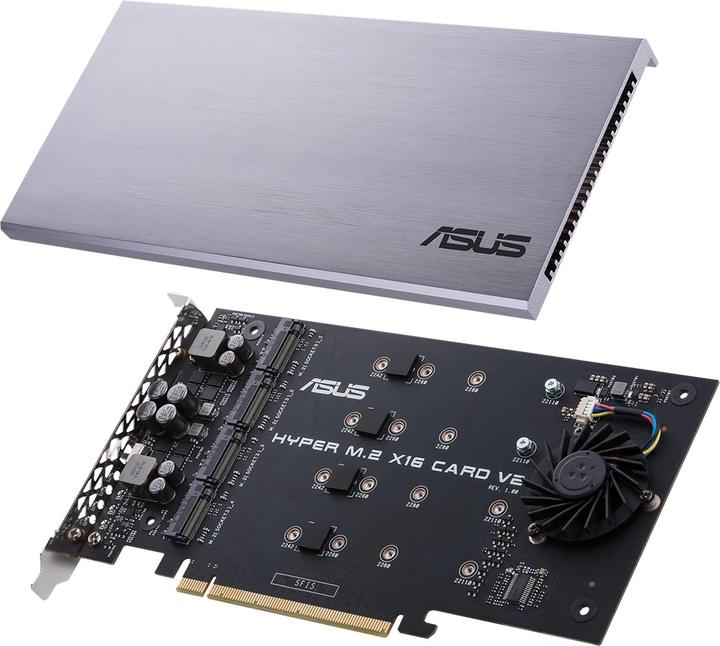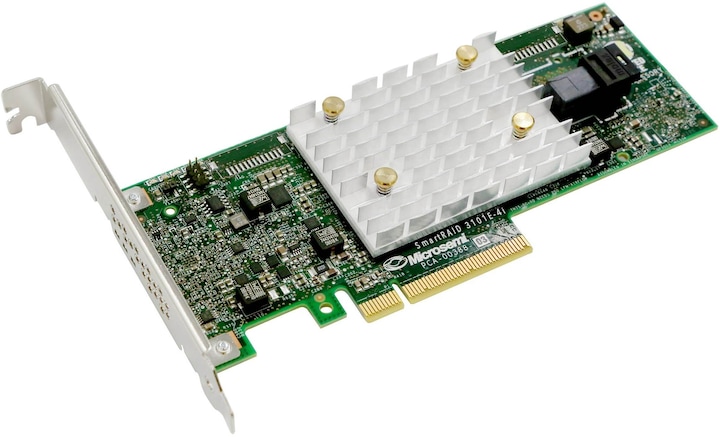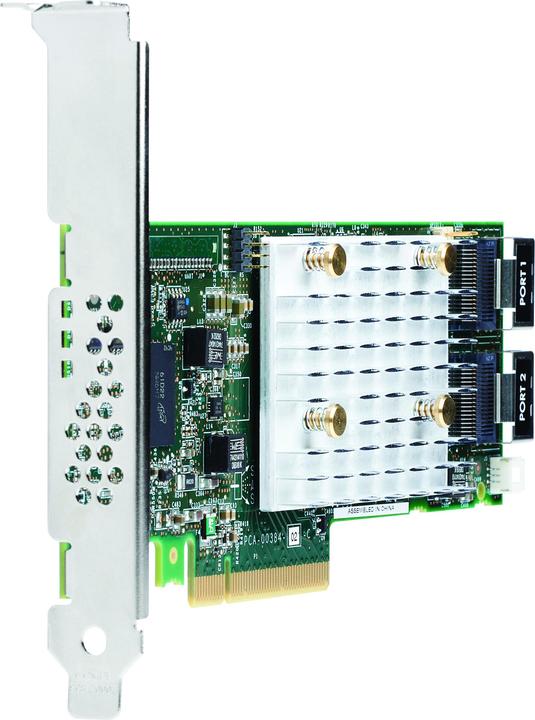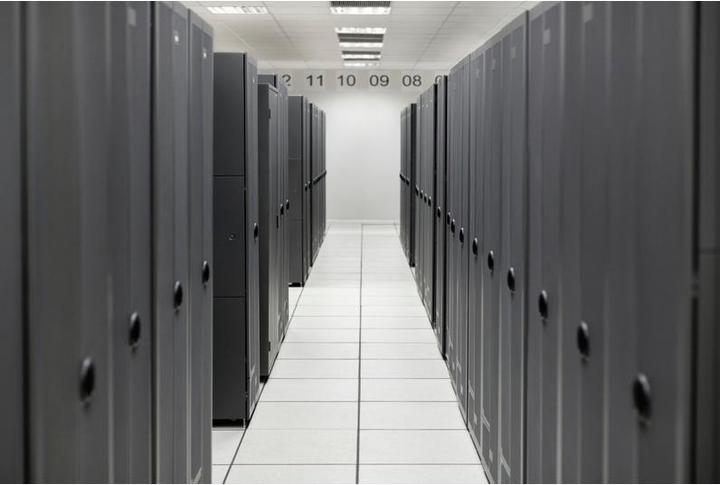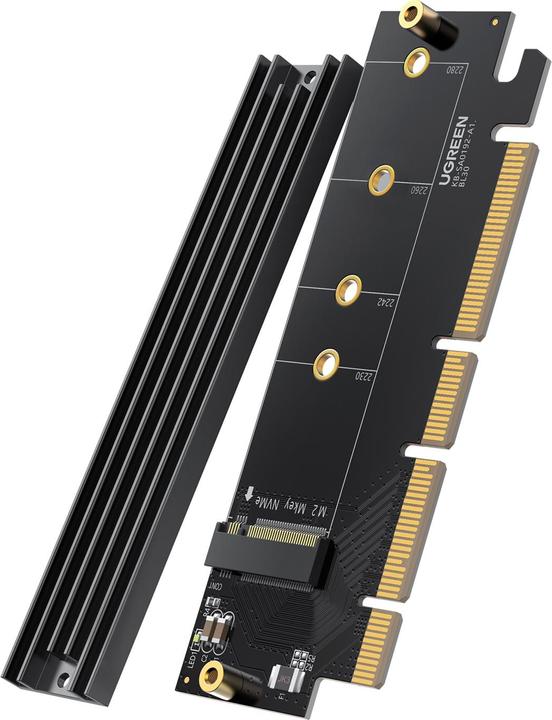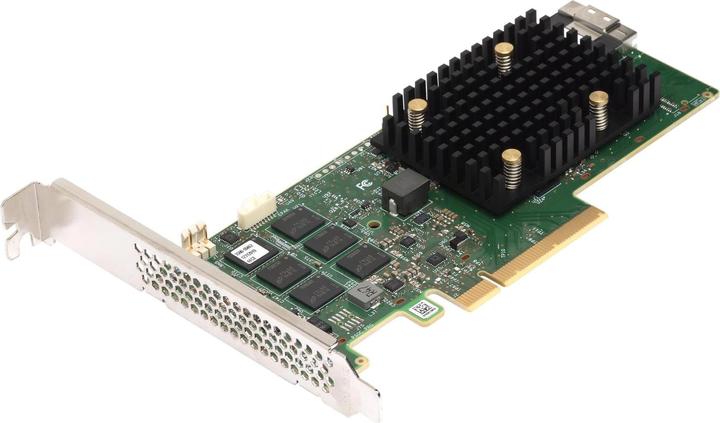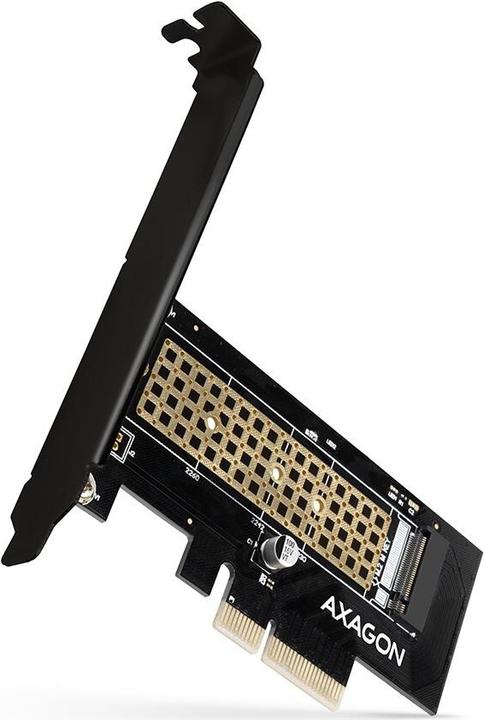
Too Many Storage Controllers? How to Choose the Right One
Here are five essential factors to consider when selecting the perfect storage controller for your needs.
Last updated 1 week ago. Automatically generated content.


Select options and limit the number of products
Controller type determines how storage devices are managed and connected within a system, impacting speed, compatibility, and data security. Choosing the right controller type is vital for optimizing system performance and ensuring data integrity, especially in environments with high data demands.
Popular options (you can select more than one)
RAID controller
Typical price
150.– to 750.–Manages multiple hard drives to improve performance and provide data redundancy.
Ideal for servers or systems requiring high availability and protection against drive failures.
Bestseller
SATA controller
Typical price
38.– to 130.–Connects SATA drives to the motherboard, offering good performance for standard desktops.
Suitable for everyday computing needs, balancing cost and speed effectively.
Bestseller
SAS controller
Typical price
230.– to 680.–Supports faster data transfer rates and more advanced features than SATA.
Recommended for enterprise environments that need high-speed data processing and scalability.
Bestseller
M.2 controller
Typical price
27.– to 180.–Connects high-speed M.2 SSDs directly to the motherboard for faster data access.
Perfect for compact systems and laptops where space and performance are crucial.
Bestseller
Memory capacity (RAM) in a storage controller determines the amount of data it can process quickly, affecting overall system performance. Selecting the right RAM size is crucial for ensuring efficient data management, especially in high-demand environments.
Popular options
Up to 1024 MB
Typical price
100.– to 610.–Suitable for basic storage tasks and small-scale applications.
Ideal for environments with minimal data processing requirements, offering cost-effectiveness.
Bestseller
1025 - 4096 MB
Typical price
360.– to 1000.–Provides a balanced performance for mid-range applications and workloads.
Recommended for businesses needing moderate data handling capacity, ensuring smooth operations without excessive costs.
Bestseller
4097 - 8000 MB
Typical price
940.– to 1800.–Supports high-performance storage systems with large data processing needs.
Perfect for enterprises managing extensive databases or virtualized environments, delivering reliable and efficient data management.
Bestseller
The number of connectable hard disks determines how many storage drives can be simultaneously used with a storage controller. This factor is crucial for ensuring sufficient storage capacity and flexibility in managing different workloads or expanding storage needs.
Popular options
Up to 4 x
Typical price
38.– to 200.–Supports connecting up to four hard disks, typically suitable for small-scale storage needs.
Ideal for home users or small offices requiring basic storage capabilities without extensive expansion.
Bestseller
5 - 16 x
Typical price
320.– to 990.–Allows connecting between five and sixteen hard disks, offering moderate scalability.
Suitable for medium-sized businesses or advanced users needing more storage capacity and flexibility.
Bestseller
17 - 256 x
Typical price
340.– to 890.–Facilitates connections for seventeen to two hundred fifty-six hard disks, providing extensive scalability.
Perfect for large enterprises or data centers that demand high storage capacity and redundancy options.
Bestseller
Internal connection options refer to the types of interfaces available on a storage controller for connecting internal storage devices. These connections are crucial because they determine the speed and compatibility of data transfer between the controller and storage devices, impacting overall system performance and expansion capabilities.
Popular options (you can select more than one)
SAS (1x)
Typical price
270.– to 840.–Provides a single Serial Attached SCSI (SAS) interface for high-speed data transfer.
Ideal for enterprise environments requiring reliable and scalable storage solutions.
Bestseller
M.2 (1x)
Typical price
20.– to 72.–Offers a single M.2 slot, supporting compact and high-performance storage modules.
Best suited for modern systems where space is limited and speed is essential, such as in laptops and small form factor PCs.
Bestseller
S-ATA III (1x)
Typical price
54.– to 640.–Includes one Serial ATA III connector, delivering up to 6 Gb/s data transfer rate.
Commonly used for connecting hard drives and SSDs in consumer desktops, providing a balance of performance and cost.
Bestseller
mini-SAS (2x)
Typical price
220.– to 710.–Equipped with two mini-SAS ports, allowing multiple device connections with a single cable.
Excellent choice for setups that need high data throughput and multiple device connectivity, like in data centers.
Bestseller
Storage controller additional functions enhance the performance and reliability of storage systems, providing critical features that ensure data integrity and availability. These functions are important for maintaining efficient operations, especially in environments requiring high data availability and quick recovery from failures.
Popular options (you can select more than one)
Hot plugging
Typical price
80.– to 640.–Allows adding or removing components without shutting down the system.
Enhances system flexibility and uptime, reducing maintenance-related downtime.
Bestseller
Native command queuing
Typical price
43.– to 360.–Enables reordering of read and write commands to improve data access efficiency.
Optimizes performance by reducing latency and increasing throughput, ideal for multi-tasking environments.
Bestseller
Hot swapping
Typical price
61.– to 640.–Permits replacement of failed components without powering down the system.
Ensures continuous operation and quick recovery, minimizing disruption.
Bestseller
Hot spare
Typical price
240.– to 940.–Designates a standby component ready to replace a failed one automatically.
Increases system resilience and reduces downtime by ensuring immediate failover.
Bestseller
